We shouldn’t teach great books; we should teach a love of reading.
–B.F. Skinner, psychologist and author
This quote speaks to me on such a primal level because I LOVE to read, and believe me, I share that love with everyone around me who is willing to listen. My colleagues and I discuss book recommendations, I give books as gifts and my two-year-old and I can frequently be found huddled together with a pile of books. The love of books is contagious. We spread it like wildfire from one to the other, and I truly believe that one day the entire world will be ignited with this love.
Pre-K teachers are in an enviable position, for they have the ability to share this love with young, eager, excited children who may not have had the opportunity to discover it on their own. Natural curiosities and quickly expanding brains make children ravenous for new and exciting things. They love stories and poems and songs and informational text. They WANT to learn. How perfect, then, that books can provide all of these things and more!
Why Early Literacy Matters
Why is early literacy important?
Literacy literally changes lives.
Numerous studies show the advantages of being literate in our modern society—increased health (Baker, Parker, Williams, Clark, & Nurss, 1997) and lifespan, increased education, income and job satisfaction, increased self-esteem and happiness, even! The opposite is true for illiterate individuals—higher poverty and incarceration rates, higher instances of substance abuse, decreased health and longevity, etc.
But what about the intangible effects? A love of learning, of books, of escaping to wonderful, far-off places? Or getting a new look at someone next door? A passion for acquiring new knowledge, new understanding, of being able to interact compassionately with those around us? As important as basic literacy skills are, I would argue fervently that the impact of books on us as individuals is just as important. Teach children to read for enjoyment and the love of reading, and the rest will come naturally.
For young children to love books, they need to experience them! A rich classroom library is not something to be reserved for the elementary teacher. Books offer just as much—if not more!—benefit in the Pre-K classroom.
The Power of Books in a Pre-K Classroom
There is a lot of debate about academic-focused versus play-based Pre-K classrooms. Luckily, books fit great in either! Classroom libraries help students feel comfortable with books and love them. Even children as young as two years old feel comfortable picking out a book, looking at the pictures, retelling a story they’ve heard or making up a new one. Books with few words, many, or none at all—each contributes to a student’s growth and development. Even without being explicitly taught, children learn through exposure to books.
Even if they’re not learning to read, interacting with books prepares them to read.
Literacy should be a non-negotiable, essential element to every single pre-kindergarten classroom.
The benefits of having a text-rich environment are well-documented (Wasik & Hindman 2011), and a classroom library is a cornerstone of that! Just because students may not be ready to learn letter sounds and sight words and all manner of phonological and phonemic awareness does not mean that there aren’t still countless benefits to book exposure. Children who are exposed to books early and often learn to handle books, recognize letters and words, hear patterns and rhymes, comprehend and think deeply about what they are reading and much more.
Skills and concepts that books can teach from a young age include:
Concepts of Print & Book Handling
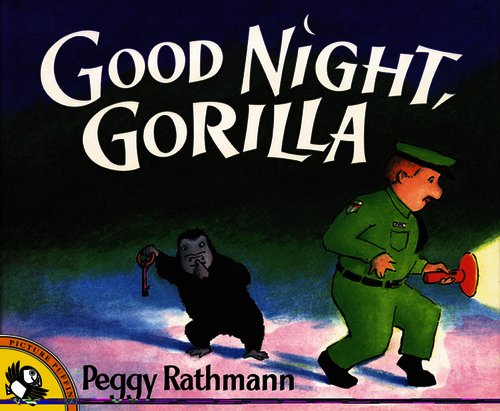 A child who has been read to, has been allowed to handle books on her own, and has seen others reading is learning how to orient a book, how to turn pages, and that books go from left-to-right, top-to-bottom. Older children will begin to recognize that words are grouped into sentences or paragraphs, that some words start with capital letters and that punctuation ends a sentence.
A child who has been read to, has been allowed to handle books on her own, and has seen others reading is learning how to orient a book, how to turn pages, and that books go from left-to-right, top-to-bottom. Older children will begin to recognize that words are grouped into sentences or paragraphs, that some words start with capital letters and that punctuation ends a sentence.
Simply being around books teaches children essential concepts of print and skills they’ll need and use their entire lives! Board books such as Good Night, Gorilla can be introduced to both very young toddlers and older preschool children, giving them an opportunity to become familiar with the pattern of a story, turning pages easily, and both hearing and seeing words that correspond to the story.
Vocabulary
Research has consistently shown that “children who are read to more frequently have larger vocabularies and demonstrate better reading comprehension over time.” (Mol, Bus, & de Jong 2009). Early childhood has been dubbed a “’critical period’ for vocabulary learning.” (Farkas & Beron, 2004).
Studies have identified the “30 million word gap” by age three (Hart & Risley, 2003) showing us the dire need for diverse language exposure for students. What’s more, in a follow-up study with the same families, the researchers identified lasting effects of the language gap. Children’s language accomplishment at age three highly correlated to their reading success in third grade.
Books introduce children to rich language that may not be used in day-to-day conversations, but are nevertheless worth knowing. Words such as “mischief” and “gnashed” (Where the Wild Things Are),“guarding” and “disguised” (The Little Mouse, The Red Ripe Strawberry, and the Big Hungry Bear), “peculiar” and “glimmering” (The Rainbow Fish) are found within the pages of children’s literature.
Syntax and Expressive Language
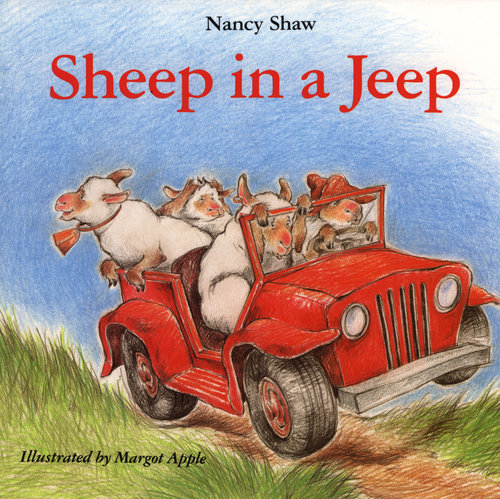 In addition to introducing new words, stories model syntax (sentence structure) for young speakers. Even in young toddlers, up to one-third of their expressive (oral) language comes from books they’ve heard read aloud (Schickedanz & Collins, 2013). By reading aloud to our students, we’re helping them learn to speak and communicate, as well as understand. But it doesn’t have to be boring! Don’t forget the importance of learning rhyme and rhythm through delightful classics such as Goodnight Moon and The Real Mother Goose, as well as newer favorites like Sheep in a Jeep or Creak! Said the Bed.
In addition to introducing new words, stories model syntax (sentence structure) for young speakers. Even in young toddlers, up to one-third of their expressive (oral) language comes from books they’ve heard read aloud (Schickedanz & Collins, 2013). By reading aloud to our students, we’re helping them learn to speak and communicate, as well as understand. But it doesn’t have to be boring! Don’t forget the importance of learning rhyme and rhythm through delightful classics such as Goodnight Moon and The Real Mother Goose, as well as newer favorites like Sheep in a Jeep or Creak! Said the Bed.
Socio-emotional Development
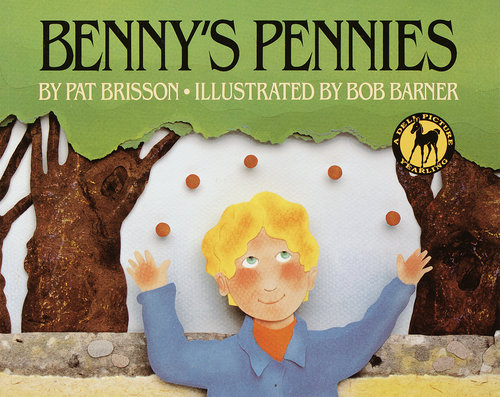 Books also teach us courage (Sheila Rae the Brave), self-love (Chrysanthemum), inclusion, sharing and friendship (The Rainbow Fish), generosity (Benny’s Pennies) and more.
Books also teach us courage (Sheila Rae the Brave), self-love (Chrysanthemum), inclusion, sharing and friendship (The Rainbow Fish), generosity (Benny’s Pennies) and more.
As young students begin to interact with more and more of the world around them, books can help model and support their understanding of others (Schickedanz & Collins, 2013). Stories and informational texts alike can teach children about their own and other communities, about history and progress, about science and exploration and about the world around them.
Mirrors & Windows
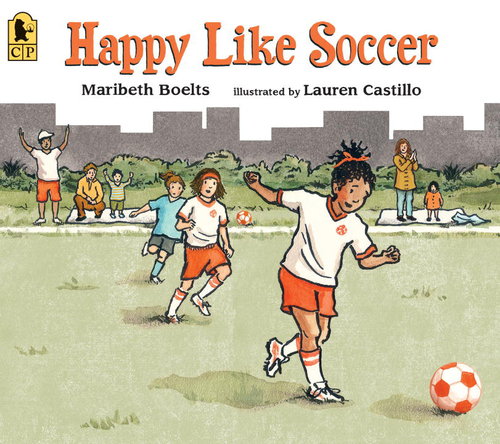 I love the powerful metaphors of books being “mirrors and windows.” If you’re not familiar with this concept, the basic point is that books provide us mirrors to help see ourselves in what we read. We make connections to a character’s background, experiences, emotions and so on. Meanwhile, the windows, equally important, give us the chance to experience that which is not our own lives—perhaps another culture, or time, another experience that is foreign to us—and to build understanding, empathy and compassion for others.
I love the powerful metaphors of books being “mirrors and windows.” If you’re not familiar with this concept, the basic point is that books provide us mirrors to help see ourselves in what we read. We make connections to a character’s background, experiences, emotions and so on. Meanwhile, the windows, equally important, give us the chance to experience that which is not our own lives—perhaps another culture, or time, another experience that is foreign to us—and to build understanding, empathy and compassion for others.
These are things which happen quite naturally as we read. While we as teachers should help guide the conversation, mirrors and windows happen organically. For example, in Happy Like Soccer, Sierra has to ride a bus to all her soccer games, which are held out of the city on nicer fields than the “lot” by her home. Her aunt’s work schedule makes it challenging for her to attend Sierra’s games. For the last game, Sierra works with her coach to arrange a special game nearer to her home on a day that her aunt does not work. By addressing topics such as socioeconomics, diversity and more, this heartwarming story can serve as a mirror for some children and a window for others.
The Research Is Clear: Books Are Essential to Early Literacy
We know that literacy is fundamentally important to our children. And books build early literacy skills.
Long before they begin learning to read, young students need to be around books. They need to touch them, see them, hear them read aloud. Classroom libraries are a key component of ANY classroom, but they are especially necessary for Pre-K classrooms. Convenient access, variety and frequent use will help young students gain valuable skills to prepare them to be lifelong readers. In addition to becoming familiar with books and concepts of print, they’ll be expanding their vocabularies, improving their comprehension, exercising their imaginations and learning about new and wonderful things.
Decades of educational research highlight the importance of early literacy. Take your love of reading, of learning, and share that with every child you can. Fill your classroom with books that will ignite their passions and capture their hearts. Teach a love of reading.
Resources
Barnes, E. M., Grifenhagen, J. F., & Dickinson, D. K. (2016). Academic Language in Early Childhood Classrooms. The Reading Teacher.
Baker, D. W., Parker, R. M., Williams, M. V., Clark, W. S., & Nurss, J. (1997). The relationship of patient reading ability to self-reported health and use of health services. American journal of public health, 87(6), 1027-1030.
Farkas, G., & Beron, K. (2004). The detailed age trajectory of oral vocabulary knowledge: Differences by class and race. Social Science Research, 33(3), 464-497.
Hart, B. & Risley, Todd (2003). The Early Catastrophe: The 30 Million Word Gap by Age 3. American Educator.
Mol, S. E., Bus, A. G., & de Jong, M. T. (2009). Interactive book reading in early education: A tool to stimulate print knowledge as well as oral language. Review of Educational Research, 79(2), 979-1007.
Schickedanz, J. A., & Collins, M. F. (2013). So much more than the ABCs: The early phases of reading and writing. National Association for the Education of Young Children.
Wasik, B. A., & Hindman, A. H. (2011). Identifying critical components of an effective preschool language and literacy coaching intervention. Handbook of early literacy research, 3, 322-336.


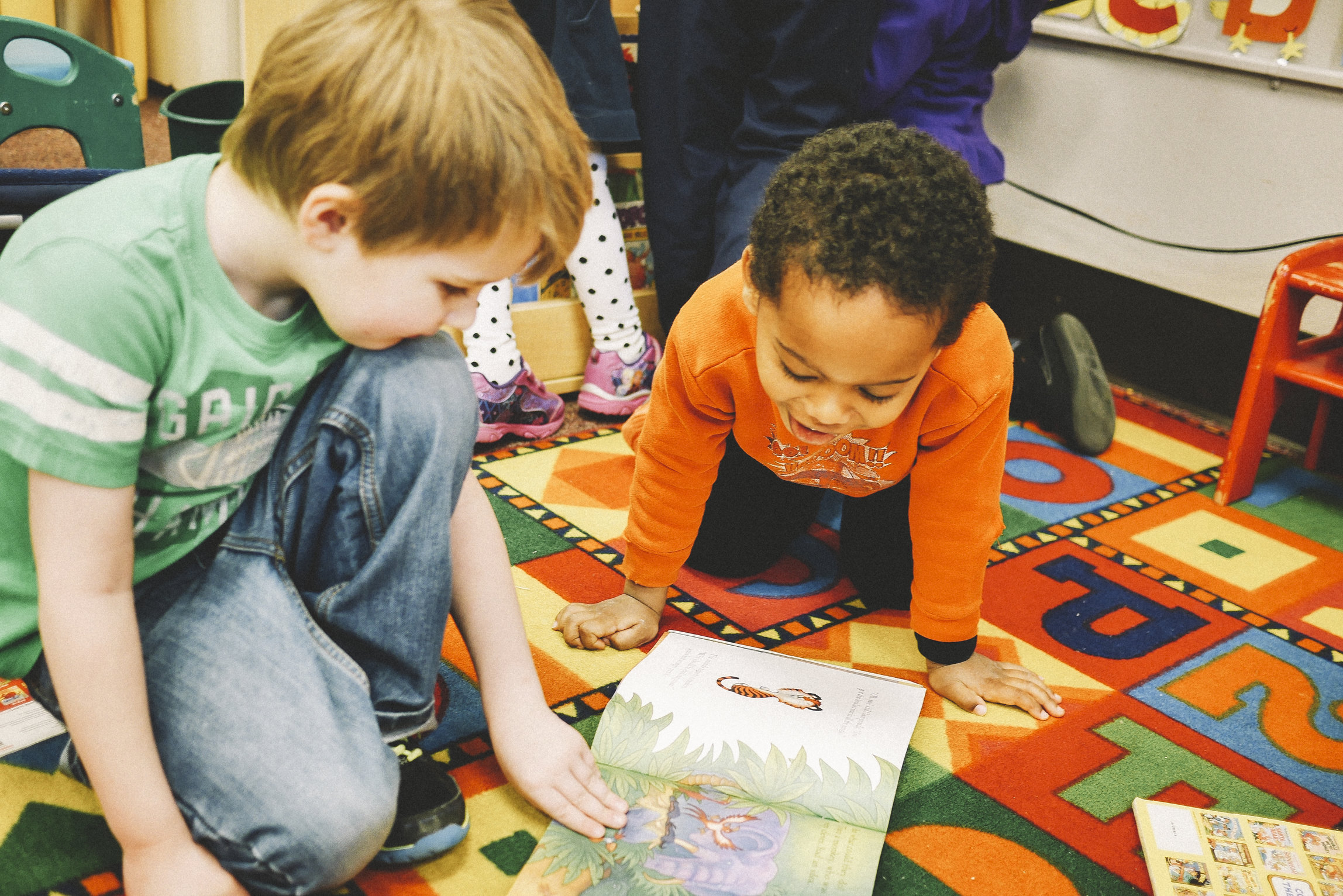
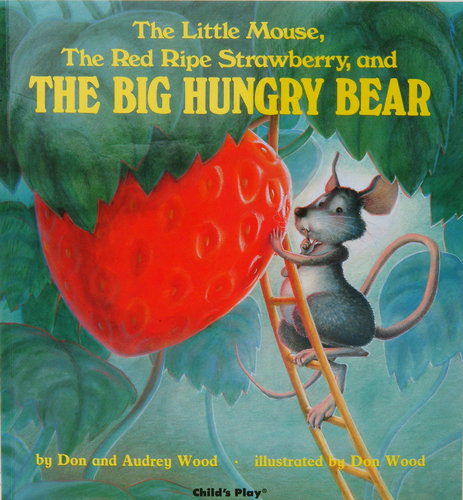
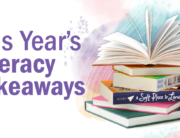
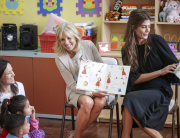
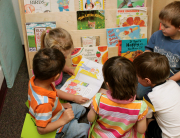
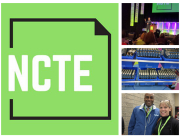
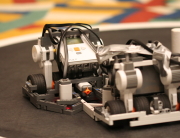
Leave A Comment